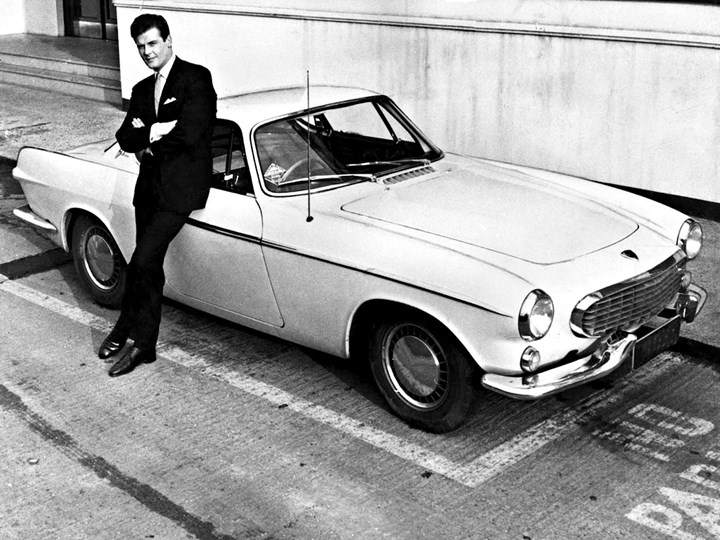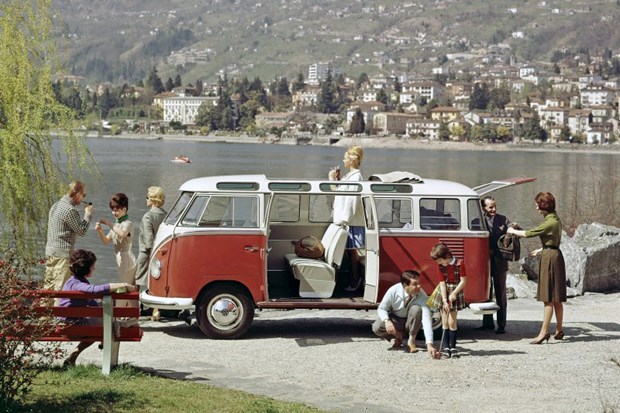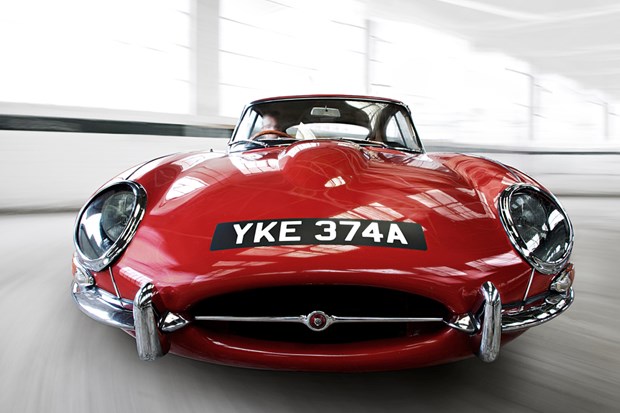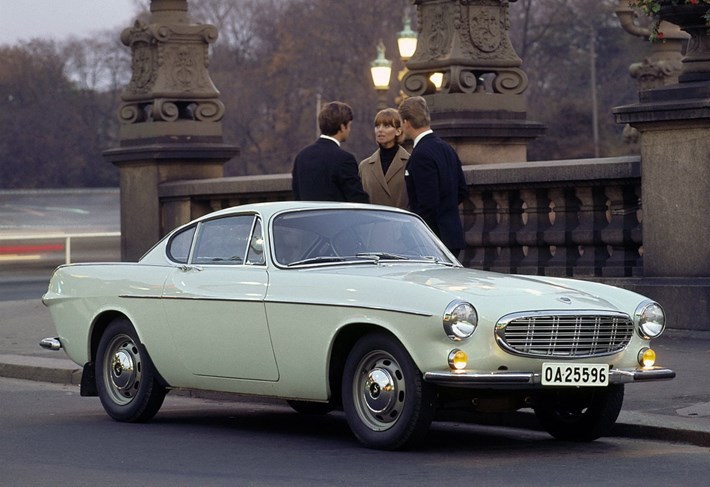
Arguably the sexiest Swedish car of all time, the Volvo P1800 allowed its manufacturer to change its somewhat austere image while demonstrating the legendary robustness of its engines.
In the 1950s, Volvo had a very serious image thanks to its well-designed products, but they lacked fantasy. That's why the production of a sportier model with a suggestive body is envisaged. The P1900 was launched in 1956 but was a complete failure with only 68 sold! Undeterred, Volvo's management commissioned engineers Helmer and Pelle Patterson to design a second model, while Pietro Frua was given the task of designing it. Prototypes were made in 1957 and 1958 and Volvo turned to Karmann for the production version. Unfortunately, the German coachbuilder declined the offer after initially accepting it, due to a last-minute contract with Volkswagen for what would become the Karmann-Ghia. After approaching other manufacturers, Volvo finally opted for Jensen in the UK and the car, finally named P1800, made its world premiere at the Brussels Motor Show in 1960.
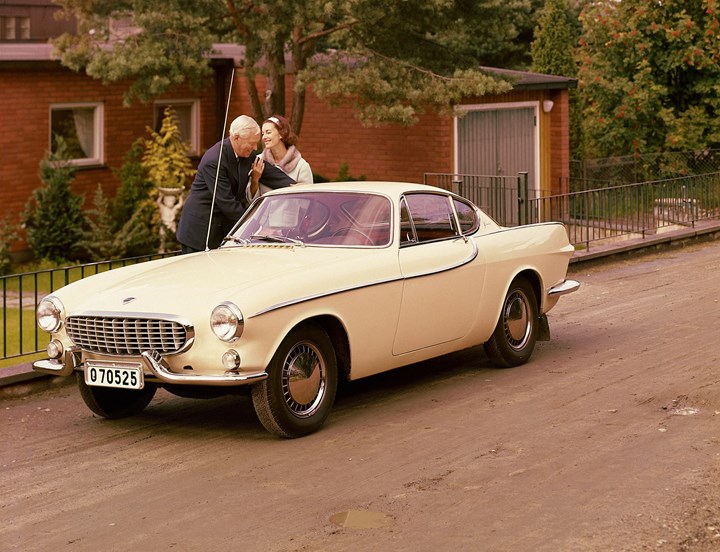
Back home
The coupé's design is very successful and inspires finesse and lightness. True to the trends of its time, the P1800 ends with two rear wings that give it a unique look. Under the bonnet is the 1.8 litre engine with 100 bhp, which was sufficient for the time. From 1963 onwards, the Swedish car received a new manual gearbox with an overdrive in 4th gear. After only 6,000 cars were produced, the contract between Volvo and Jensen for 10,000 cars was terminated due to insufficient quality. The production was then repatriated to Sweden and the car took the name P1800 S for "Sverige", Sweden in the language of Voltaire. The power was increased to 108 bhp and the coupé received slight cosmetic changes. In 1966, the engine gained 7 hp and the car reached a top speed of 175 km/h. Three years later, the 1.8 litre engine was replaced by a 2.0 litre unit.
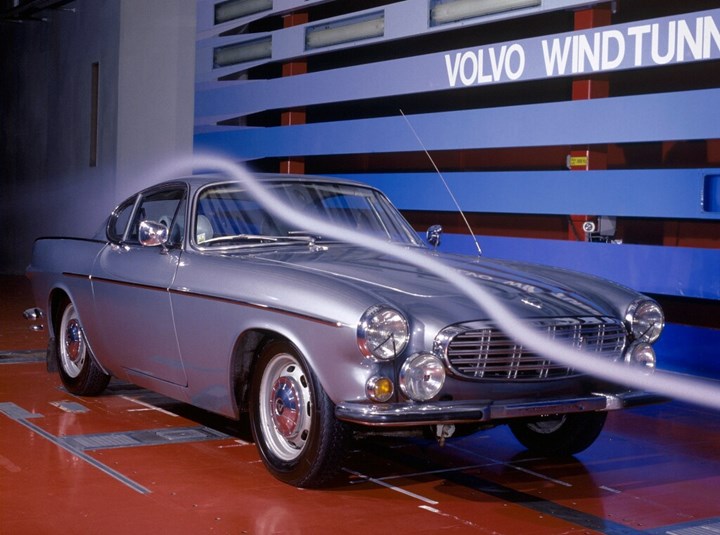
Last evolutions
A few months later, Volvo fitted a Bosch D-Jetronic fuel injection system which, with the help of a new camshaft, larger valves and a compression ratio of 10.5:1, enabled the P1800 E's engine to develop 120 hp. In some countries, the Volvo was available with a 3-speed automatic transmission supplied by Borg Warner, while a 4-speed ZF transmission plus overdrive was standard. In 1972, power was increased to 124 hp until the end of production. That year, Volvo offered a shooting brake version of the P1800 which became the P1800 ES. The original design was revised by the in-house styling centre, which did not forget practical details such as the rear seat backs that folded away to provide a flat load floor. Extremely elegant, this vehicle was unfortunately hit hard by a change in regulations in the United States, its first market, which would have required an almost total redesign. Production was discontinued in 1974 after only 8,077 units.
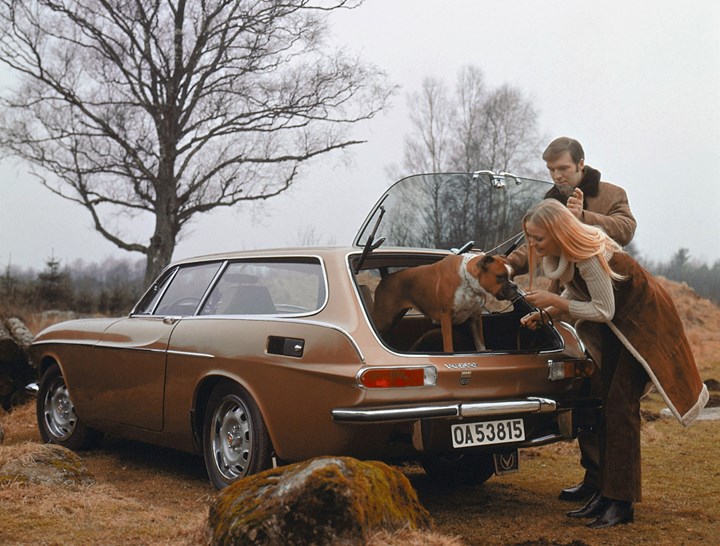
Outstanding reliability
The B18 and B20 engines have a reputation for solidity: not for nothing does a P1800, owned by the late American Irv Gordon, officially hold the record for the world's longest-running car with 5,230,781 km on the clock! On the mechanical side, no problem then. The bad news is that the P1800 has an annoying tendency to rust everywhere, especially the first examples assembled at Jensen. Rest assured, all parts are available as new and there are many specialists around the world. The Volvo has been shunned for a long time, but in the last few years it has gained in interest. This is reflected in the high prices: a beautiful example is no longer found for less than €25,000 and fully restored vehicles can be sold for twice that amount or more!
